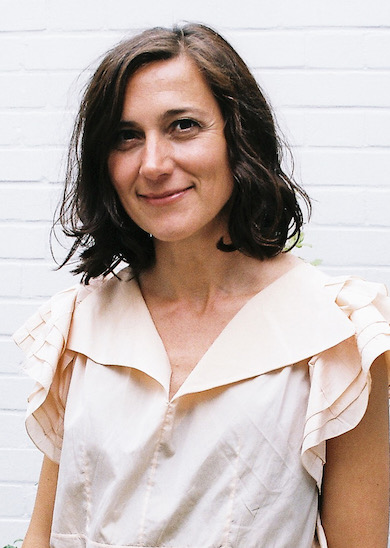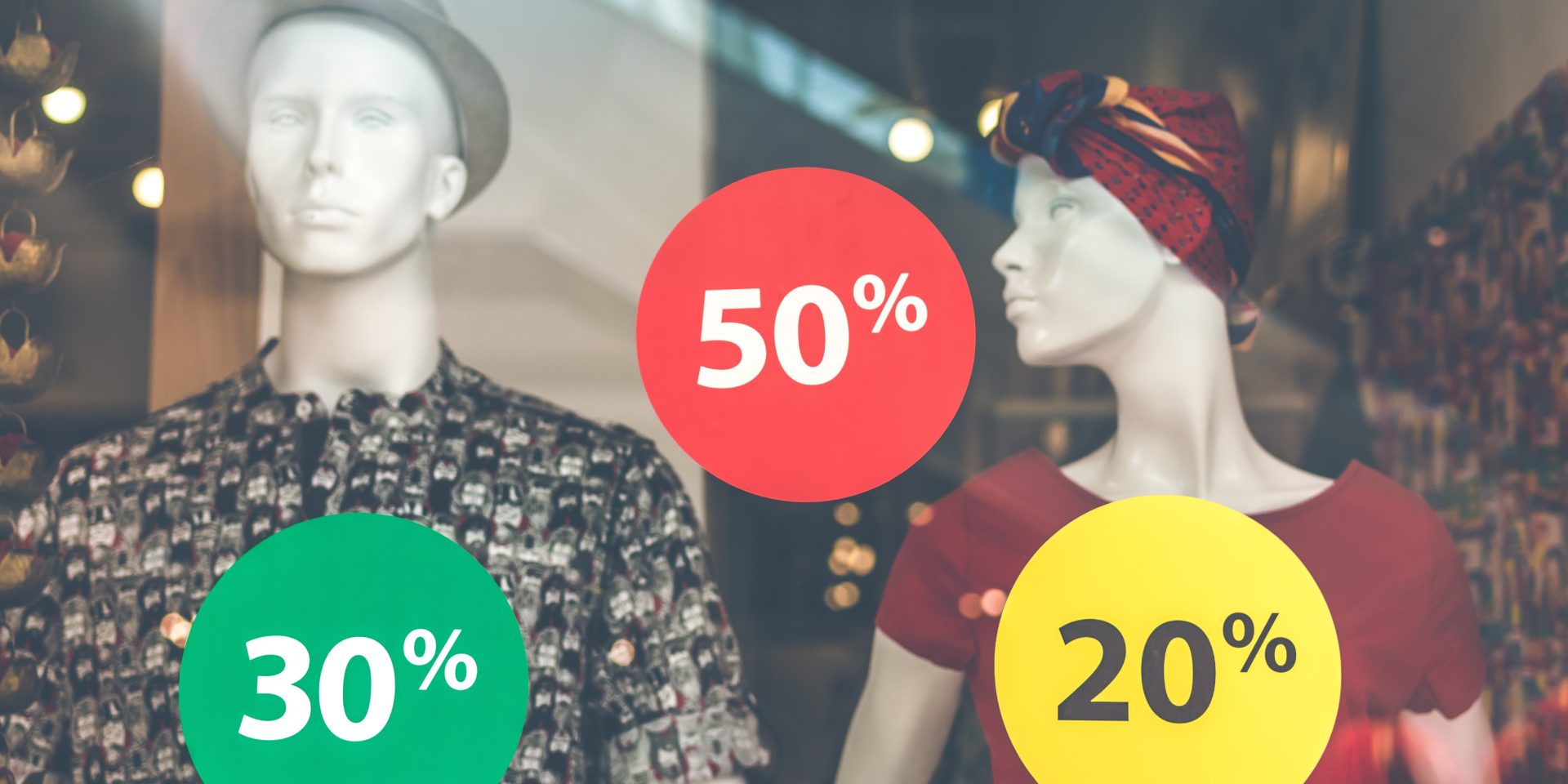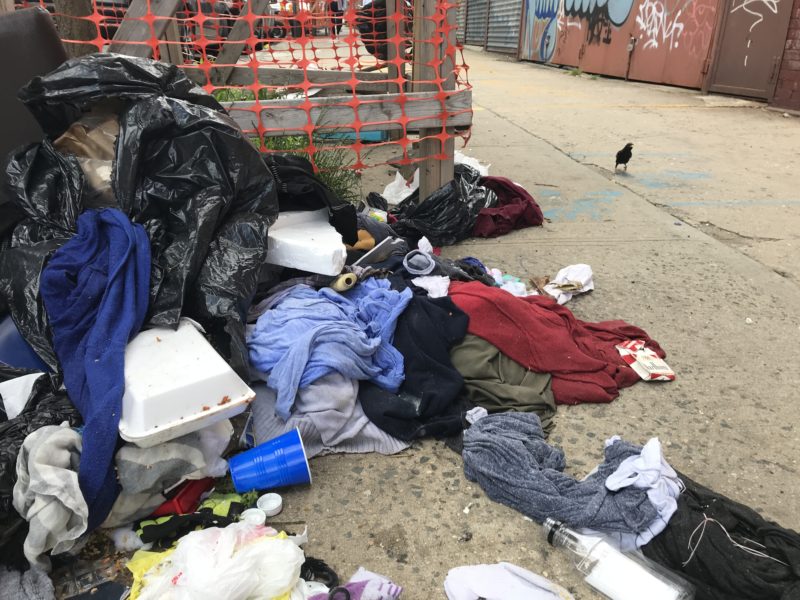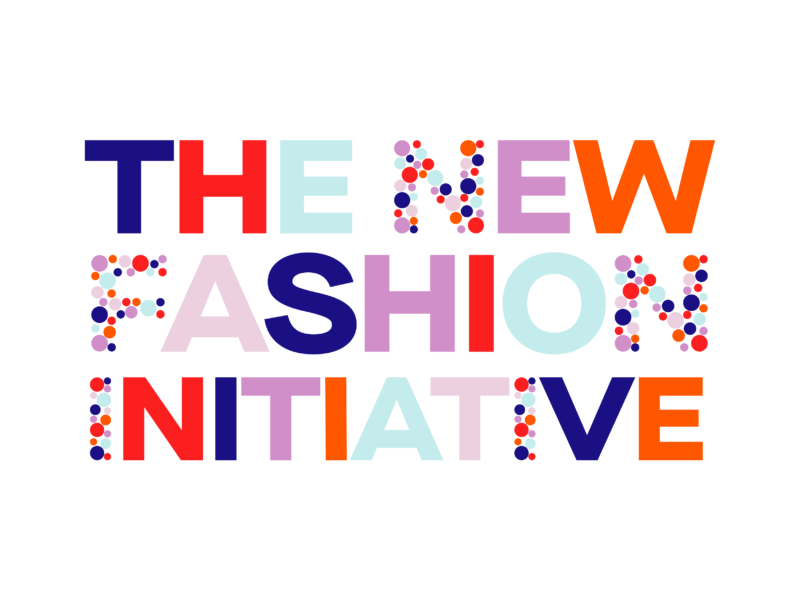Fashion’s Growth Outpacing Sustainability Efforts, Researchers Warn
Online searches for sustainable fashion are up 66% from last year and even H&M—the fast fashion chain maligned for its disposable, throwaway trends—is launching clothes made from algae and pineapple leaves. Sustainability is in style, but a group of fashion researchers warn that the solutions being offered fall short of addressing the industry’s mounting environmental challenges. Formed by fashion academics Kate Fletcher, Lynda Grose, Timo Rissanen and Mathilda Tham, the Union of Concerned Researchers in Fashion launched in January with a manifesto on its website stating: “The response of the fashion sector to the intensifying ecological crisis has been – and continues to be – over-simplified, fragmented and obstructed by the growth logic of capitalist business models.” Here, TNFI editor Elizabeth Cline talks to the Union about what’s standing in the way of the clothing industry reaching its sustainability goals and why independent research is key to a new fashion paradigm.
More than 150 people across six continents signed the Union of Concerned Researchers in Fashion Manifesto in its first two weeks. Why do you think it’s striking a chord?
The concerns that united us are shared by fashion researchers globally. It seems that vocalizing the concerns was timely. There is a shared understanding globally that the current actions to mitigate unsustainable practices are inadequate to the actual crisis and scale of the problems we face. Incremental improvements on product impacts simply do not keep up with the scale of business growth. Researchers know this and many industry representatives working within companies know this, but we/they are ‘trapped’ in a fashion business system that requires us/them nevertheless to continue to produce more stuff at increased volumes. The manifesto seems to have touched a nerve and to provide a pathway to action for many. Many who have signed it have expressed relief that a group is coming together in this way—and feelings of hope for the future.

There is a growing consumer awareness of sustainability in fashion and more brands have sustainable initiatives. Does any of this strike you as a step in the right direction?
It absolutely makes sense to work to reduce the impact of existing business and to get citizens empowered in making different choices. But this work is ultimately a transition strategy—useful while we transition to more diverse and transformed futures. We have to redirect our efforts to the work of creating a different system. Otherwise we run the risk of, in the words of systems theorist Russ Ackoff, ‘doing the wrong things righter’. The recent Special Report from the IPCC on climate change, for instance, suggests that we don’t have time for such a systems error. Last year’s stories of H&M’s $4.3 billion worth of unsold inventory and of Burberry incinerating brand new clothes, more than $30 million worth in a year, are expressions of a widespread systemic issue that no index or measurement tool will reveal or address.

What else leads you to say that fashion sustainability is getting worse not better? What needs to happen for a true turnaround to happen?
While many sustainability initiatives in fashion are well-intentioned, they rarely keep up with the overall growth of businesses and the industry overall. So while there are some sustainability gains, the overall net negative impacts of the fashion system are growing at a faster pace. Since the publication of Limits to Growth nearly five decades ago, a growing number of economists, more recently Herman Daly and Kate Raworth, have provided clear, well-argued warnings about the impacts of unchecked drive for economic growth. We recognize that the current state of the climate crisis, inseparable from the fashion system, is one outcome of that unchecked drive. We recognize that challenging the growth logic in the fashion system is a difficult conversation to have, and we recognize that we are not able to delay the conversation any longer: the time is now.

Sustainability is a complex subject, on that’s often oversimplified or greenwashed. Why do you think this is happening and what can we do to avoid it?
As we make sense of the world, a well-worn strategy is to simplify ideas and concepts and treat them separately from each other, and this in part explains the state of the current fashion and sustainability discourse. Often this simplification is defended by the claim that the issues are ‘complex’. But complex ideas cannot be expressed in clear, simple terms and not betray their nuance and multiple relationships. In stories crafted for the media, oversimplification of underpinning ideas and the absence of a systems view lead to greenwashing, intentional or not. For example, recently a large international luxury group has made vocal claims about implementing regenerative farming practices (an inherently limits-based approach) in their supply chains, while elsewhere announcing plans to grow one of their brands into a billion-dollar business (and probably not stopping there). These “irrepairable conflicts” need to be called out more.

One of your first activities was doing a group edit of the “sustainable fashion” Wikipedia page. Why start there and what are you up to next?
A key point of the manifesto is to create an ‘activist knowledge ecology’. Wikipedia is one expression of such a knowledge ecology, and there is an emerging tradition of different activist groups undertaking similar editathons. The ‘sustainable fashion’ and ‘sustainable clothing’ pages on Wikipedia reflect the concerns the Union has voiced about the fashion system more broadly: issues are oversimplified and facts are misrepresented. Given that for many people Wikipedia maybe the first introduction to the topic, we recognize an opportunity for the Union to provide some stewardship of the content, reference it more fully and provide a fuller history of the field. We often find that awareness levels of ‘what came before’ today’s projects are pretty low. It is our hope that by ‘re-historicizing’ fashion and sustainability we can build a more robust movement with stronger understanding of its theoretical frameworks and its practical dynamics. After all, everything comes from somewhere. Appreciating the underpinnings of knowledge is key to moving the field forward, otherwise we run the risk of reprising the same projects over and again.
Our near future plans include starting a dialogue with funding organisations who support research and projects around fashion and sustainability. Our intention is to advocate for systems change, long term projects and those that bring different sorts of value, other than just economic value.
The Union is advocating for a big paradigm change. Can you paint us a picture—What is your vision for a truly sustainable fashion industry?
Fashion—clothing and adornment in all its social, cultural, psychological and other contexts—is inherently human. Fashion is infinitely more than an industry, more than business. We call for a paradigm that acknowledges this, a paradigm that does not reduce people to consumers and the earth into a set of resources for us to ‘use sustainably’. A fashion system within such a paradigm is one where clothes are shared and resold many times over, where the social and cultural value of fashion is celebrated more than the acquisition of a new piece, where companies compete with each other to produce fewer new clothes and yet flourish, and where the human consumption of natural resources is in steady state with earth’s natural metabolism to replenish itself. Ultimately it is a profound transformation in our shared understanding of what it means to be a human being on earth. In outlining a vision for Transition Design, Terry Irwin calls for ‘a posture of humility, reverence for nature and an acknowledgment of human ignorance’. Accepting our utter interdependence on the life that makes up earth’s biosphere opens up this new vision.







